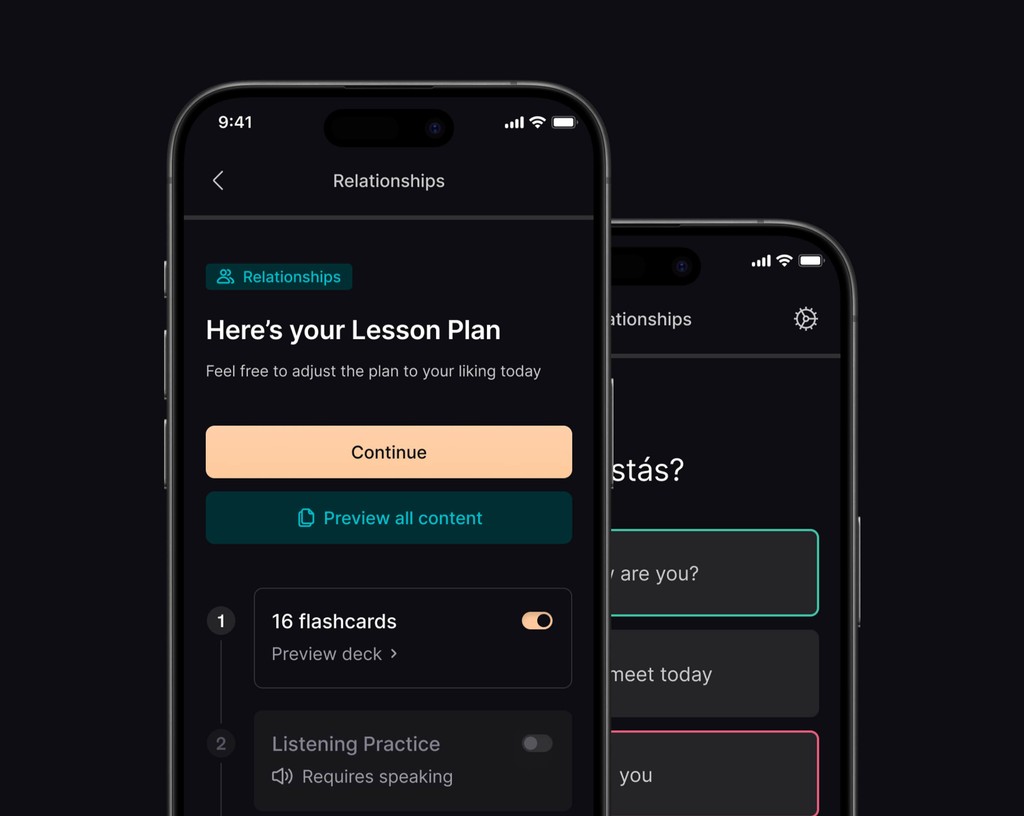Hostile Mode
Mar 6, 2025
Culture Shock
Comfort can become a crutch in language learning. Traditional classrooms typically rely on polite dialogues and predictable exercises, creating a sense of ease that rarely mirrors real-world communication. But imagine facing a high-stakes job interview or navigating a tense border checkpoint—situations where language fluency must withstand pressure and uncertainty. Will learners trained only in comfort be prepared?
This article highlights why high-pressure immersion—exemplified by Culture Shock’s groundbreaking "Hostile Mode"—is essential for achieving true fluency and adaptive communication skills. We explore the psychology behind stress-induced learning, why traditional methods fall short, and how realistic simulations of tense scenarios transform passive knowledge into active, adaptable expertise.
Why Stress Enhances Learning
Emerging cognitive research demonstrates that moderate stress, known as "eustress," sharpens attention, enhances memory, and promotes deeper learning. Adrenaline-fueled moments create heightened awareness, embedding critical language skills deeper into memory. This phenomenon aligns with the Yerkes-Dodson curve, illustrating that optimal learning happens under mild stress, not comfort.
Moreover, language proficiency is state-dependent: learners recall vocabulary and grammar more effectively if their learning environment matches real-world conditions. Students who practice only in relaxed settings often stumble when confronted with stressful interactions. Introducing controlled stress during practice conditions the brain to function efficiently even under pressure.
Why Traditional Classrooms Fall Short
Traditional language classrooms rarely prepare students for real-life interactions. Scripted, sanitized role-plays—such as politely ordering coffee or rehearsed introductions—hardly reflect the unpredictability of actual conversations. Real-world interactions involve slang, impatience, unexpected questions, and emotional nuances. Classroom practices rarely simulate scenarios where hesitation or errors have tangible consequences.
The result? Learners frequently falter in high-pressure situations, reverting to their native language or freezing altogether. They lack experience managing the simultaneous demands of language production and stress management. Conventional methods focus excessively on rote memorization and predictable dialogues, neglecting spontaneity and adaptability.
Real-World Pressure Scenarios
Consider situations where language fluency under pressure is crucial:
Job Interviews: Convincing a hiring manager in your second language, facing unpredictable questions and intense scrutiny.
Border and Immigration Checks: Rapid questioning by skeptical officials who demand swift, confident answers.
Customer Service Challenges: Handling frustrated or irate customers demanding immediate, clear responses in a foreign language.
In these scenarios, vocabulary alone isn't sufficient. Success hinges on rapid recall, adaptability, interpretation of tone, and clear articulation despite nerves.
Building Real-World Resilience
To effectively prepare learners, language practice must incorporate realistic, stressful conditions. Stress-based learning—intentionally creating challenging practice scenarios—bridges the gap between classroom theory and practical fluency. Research indicates moderate stress enhances memory encoding, signaling the brain to prioritize information retention. Conversely, if learners' first exposure to stress occurs during actual critical moments, they may be overwhelmed.
Military language programs exemplify this approach, utilizing intense simulations to prepare soldiers for real-world tasks. They go beyond basic role-play, deliberately incorporating high-stress scenarios to ensure proficiency in actual high-stakes encounters.
Culture Shock's Hostile Mode
Culture Shock’s innovative "Hostile Mode" directly addresses the shortcomings of traditional language instruction by simulating challenging, high-pressure interactions with an AI tutor. Learners practice in a chat that is deliberately curt, skeptical, or confrontational, closely replicating real-life scenarios like intense job interviews or border interrogations.
Inspired by firsthand experiences of accelerated learning under real-life pressures, the creators developed Hostile Mode to inject necessary adrenaline into practice sessions. Early trials with students reveal that rather than being intimidated, learners thrive under these conditions, actively enjoying the challenge of realistic simulations. The controlled hostility builds confidence, resilience, and adaptability—skills essential for authentic communication.
A New Standard for Language Learning
Hostile Mode signals a transformative shift from traditional language training toward immersive, experiential learning. This mode prioritizes real-time interaction, quick thinking, and practical adaptability over static memorization. Learners gain a visceral understanding of language usage, turning abstract grammar rules and vocabulary into vivid, memorable experiences.
From an educational standpoint, integrating Hostile Mode as a regular feature transforms classrooms into communication labs. Educators can assess not only linguistic accuracy but also learners' poise, adaptability, and ability to manage stress—skills truly reflective of real-world readiness.
Conclusion: Preparing for Real-World Communication
Our goal in language education must extend beyond academic fluency. We aim to equip learners with the capability to confidently navigate complex, high-stakes situations worldwide. To achieve this, we must intentionally introduce and manage stress within learning contexts, ensuring learners' first high-pressure experiences occur in controlled environments rather than when genuine stakes are high.
Culture Shock's Hostile Mode provides a robust, innovative solution to this need, enabling learners to practice and master real-world intensity within safe, supportive bounds. By embracing stress-based learning, we cultivate students who are not merely fluent but truly capable communicators, ready to meet any linguistic challenge the world may throw their way.
Ready to learn?
Get immersed
in any language
Join CultureShock today and learn to converse with confidence, anywhere in the world.




